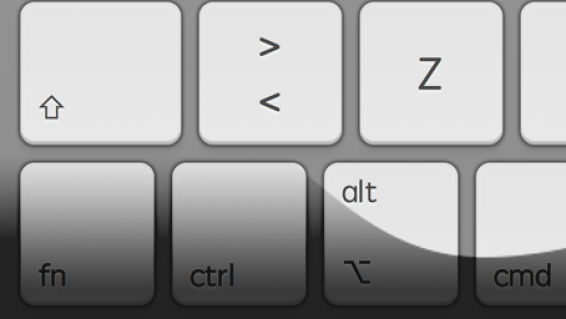
Written by me@grafxflow
30 Dec, 2018
0
3,839
All Macs using Mac OS X have several startup key combinations that affect how your computer starts up. I myself have had to use several of them to fix this and troublshoot that, but I have always wanted to them all and see what they do.
So here is a list of the most used for example Single User Mode uses Command + S. But they affect everything from changing your bootup drive or even using it as an external drive.
Below are the 14 key combinations with their description.
| Hold during startup | Description |
|---|---|
|
Shift |
Start up in Safe Mode. |
Option/Alt |
Start up to Startup Manager. |
C |
Start up from a bootable CD, DVD, or USB thumb drive (such as OS X install media). |
D |
Start up to either Apple Hardware Test or Apple Diagnostics, depending on which Mac you're using. |
Option/Alt + D |
Start up to either Apple Hardware Test or Apple Diagnostics over the Internet. |
N |
Start up from a compatible NetBoot server. |
Option/Alt + N |
Start up from a NetBoot server using the default boot image. |
Command + R |
Start up from OS X Recovery. |
Command + Option/Alt + R |
Start up from OS X Recovery over the Internet. |
Command + Option/Alt + P + R |
Reset NVRAM. Release the keys after you hear the startup sound again. |
Command + S |
Start up in single-user mode. |
T |
Start up in target disk mode. |
X |
Start up from an OS X startup volume when the Mac would otherwise start up from a non-OS X startup volume. |
Command + V |
Start up in verbose mode. |
Hope this is a handy reference for anyone.
03 Aug, 2014
25 Dec, 2012
02 Jul, 2018

I am a Full-stack Developer who also started delving into the world of UX/UI Design a few years back. I blog and tweet to hopefully share a little bit of knowledge that can help others around the web. Thanks for stopping by!
Follow20 May, 2025
11 Jul, 2023
Views: 169,511
Views: 42,004
Views: 39,770
Views: 36,545